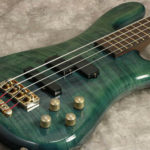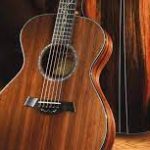Guitar Speed Plateau Tips
When you work on building up your speed on guitar, eventually you will hit a plateau. You’ll reach a certain tempo and get stuck. You will hit many plateaus as you learn to increase your playing speed. This can be frustrating, but there are ways to work through it. You can get past them as long as you don’t give up.

Practice Regularly
If you don’t practice regularly, you’ll hit a plateau sooner and you’ll have far more trouble pushing past it.
Aim to practice your speed exercises and solos every day. Every time you practice, you’re pushing your skills forward a little bit. Over time, the small improvements start to build up.
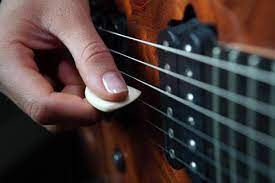
Work on Something Different
Sometimes a plateau comes up because you get stuck in a rut working on the same thing over and over. Taking a short break and working on a different solo can help you work on your skills in a fresh way.
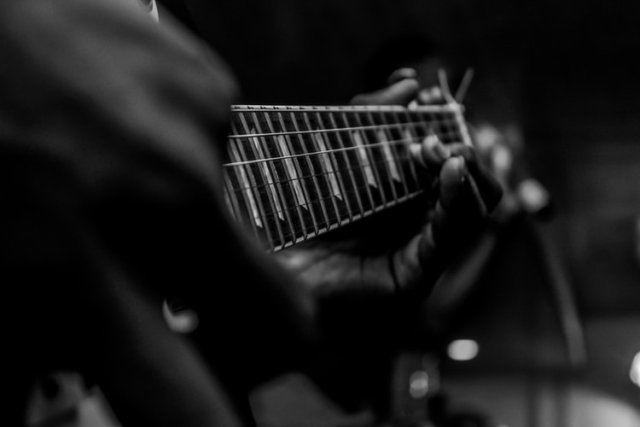
If you’re really stuck on a particular solo, take a short break from it and work on a different solo. When you come back to the first solo, you may find that it suddenly feels a bit easier.
Mix Up Your Exercises
If you only work on one specific speed exercise, eventually you will get really good at that exercise.
But to be able to play fast on guitar, you need to be able to play a variety of techniques and skills fast. To do that, you need to work on a variety of exercises and solos.

If you’re stuck in a rut, take a look at what you’ve been spending your time working on. If you’re not working on a variety of different exercises, mix things up.
Each exercise gives you a slightly different way to work on your speed. Don’t get too focused on one exercise – aim to work on a variety of exercises to build up your speed in a balanced way.
Slow Down
Sometimes the reason you hit a plateau is that you’re trying to play faster than what you’re ready for.
If you push yourself too fast too soon, your skills won’t be ready for the higher tempo.
It sounds counterintuitive, but slowing the tempo down can do wonders for your speed.

Slow the tempo down and focus on playing with 100% accuracy. Think carefully about which finger you should use for each note, how you will move between the strings, which direction you will pick each note, etc.
Rushing and trying to build up the speed too soon is a sure way to hit a plateau. Build up a solid skill foundation at a slower tempo, then build it back up later.
Be Patient
If you only work on one specific speed exercise, eventually you will get really good at that exercise.
But to be able to play fast on guitar, you need to be able to play a variety of techniques and skills fast. To do that, you need to work on a variety of exercises and solos.

Be patient with yourself and don’t rush.
The last thing you want is to end up with a sloppy technique, so be patient. There’s nothing worse than trying to undo bad technique, so take your time and get it right the first time.
Practice Tools
Metronome
A metronome is a crucial tool you must use if you want to play fast on guitar.
While it’s possible to learn to play guitar fast without a metronome, you will have a high chance of developing poor timing or sloppy technique. Even if your timing sounds perfect to you, you may not realize how bad your timing really is.
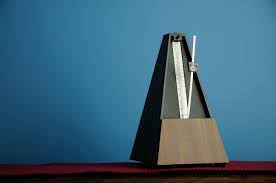
There are plenty of physical and digital metronomes you can use. I recommend a simple metronome app on your phone. There are plenty to choose from (free and paid).
Download a couple of metronome apps on your phone to find one that you prefer.
If you regularly practice with a metronome, it will give your speed abilities a massive boost.
Guitar Pro
This program is great for working on guitar speed.
In Guitar Pro, you can take a section of a song and use the built-in speed trainer to gradually build up the speed.
In the example screenshot, a section is being looped and gradually built up from 40% to full speed. Every time the loop repeats, it will get slightly faster.
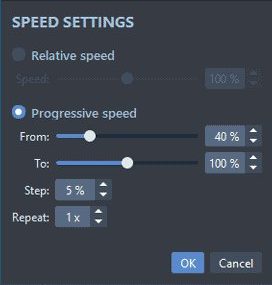
This is a powerful way to work on your technique and timing. Gradually building up the tempo on anything you’re practicing is how you can develop speed and accuracy on guitar.
A big advantage in Guitar Pro 8 is that you can now import audio and sync it with the Guitar Pro transcriptions.

This is a great way to practice fast parts as you can slow the track down and loop sections while hearing the real song play in the background.
Slow Down Programs
There are a lot of programs and apps you can use that will take audio from a song and slow it down without affecting the pitch.
Being able to slow a song down is a great way to practice playing along with it and gradually build up your speed.
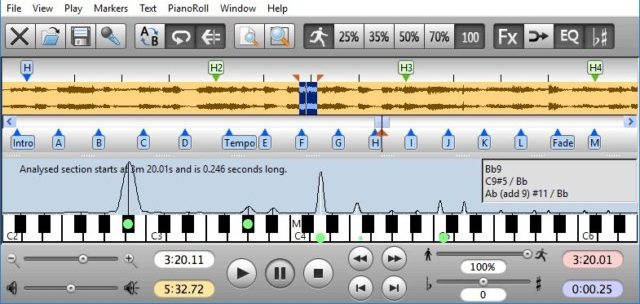
Programs such as Transcribe! or Amazing Slow Downer were specifically made for this purpose and work great.
They pack in a lot of other helpful tools, so if you’re interested in learning how to play songs by ear, it’s worth checking these programs out.
Practicing and improving your speed also helps you develop better overall control over your guitar playing. So even if you don’t want to play fast music, working on your speed can help you become a better guitarist.

Working on your speed on guitar is a great way to feel more confident with the music you play.
If you can’t play guitar fast, it means you haven’t spent enough time practicing exercises to improve your speed. Playing guitar fast is a skill that takes a lot of practice to build. Everybody is able to play guitar fast with enough practice. If you can’t play guitar fast yet, spend more time working on speed exercises and drills.

If you practice speed exercises every day, you can learn to play significantly faster within a month or two. Complicated parts can take much longer to learn, but playing fast on guitar doesn’t take as long as a beginner may think.
It’s also important to keep in mind that you need to combine both speed and accuracy. There’s no point being able to play something at 250bpm if every second note is wrong or sloppy. Being able to play fast is easy, but being able to play fast and accurate takes longer.
Guitar & Gear Articles


